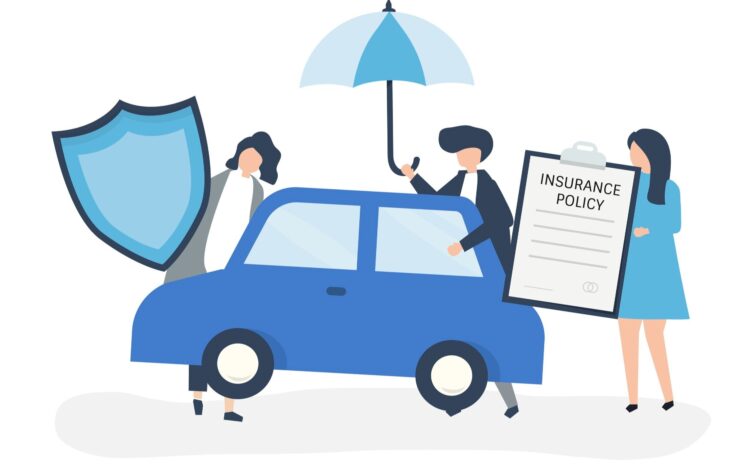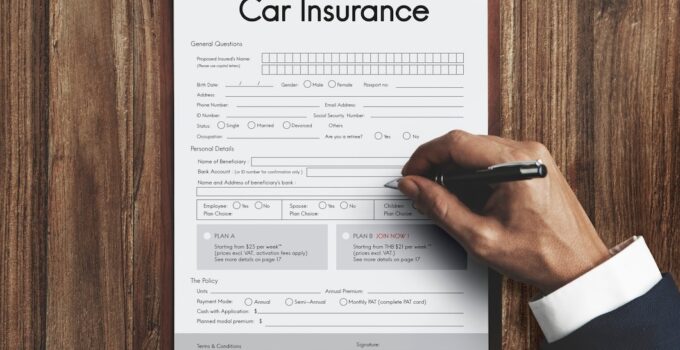Navigating the world of auto insurance in Ontario can be a complex and sometimes daunting task. Whether you’re a new driver or a seasoned motorist, understanding the nuances of auto insurance policies is crucial to ensure you’re adequately covered and compliant with provincial regulations. Ontario’s auto insurance system is unique, with specific requirements and coverages that every driver should be aware of. Let’s dive into the essential aspects of auto insurance in Ontario, shedding light on everything you need to know to make informed decisions about your coverage.
When you get behind the wheel, it’s not just about driving skills but also about being prepared for the unexpected. Auto insurance provides a financial safety net in case of accidents, theft, or other vehicle-related incidents. If you find yourself in a situation where legal assistance is required, a car accident law firm can offer invaluable support and guidance.
Page Contents
1. Mandatory Coverage Requirements
In Ontario, having auto insurance is not optional; it’s a legal requirement. The province mandates a minimum level of coverage that all drivers must carry. This includes Liability Coverage, which protects you if you’re held responsible for causing injury or damage to another person or their property. The minimum liability limit in Ontario is $200,000, but many experts recommend higher limits to provide better financial protection.
Accident Benefits Coverage is also compulsory, offering financial support for medical expenses, rehabilitation, income replacement, and more, regardless of who is at fault in an accident. This coverage is crucial as it ensures that you and your passengers receive the necessary care and financial assistance following an accident.
2. Understanding Optional Coverages

Source: freepik.com
While mandatory coverages form the backbone of your auto insurance policy, there are several optional coverages that can enhance your protection. One such coverage is Collision Coverage, which pays for damage to your vehicle resulting from a collision with another vehicle or object. Comprehensive Coverage, on the other hand, covers damage to your vehicle from non-collision-related incidents such as theft, vandalism, fire, or natural disasters.
Another important optional coverage is the OPCF 44R Family Protection Endorsement. This provides additional protection if you are involved in an accident with an underinsured or uninsured driver. Given the potential financial impact of such incidents, this endorsement can be a valuable addition to your policy.
3. No-Fault Insurance Explained
Ontario operates under a no-fault insurance system, which means that regardless of who is at fault in an accident, each driver’s insurance company handles their own policyholder’s claim. This system aims to streamline the claims process and reduce the need for lengthy legal battles over fault determination. However, it’s important to note that “no-fault” does not mean that fault is irrelevant; insurance companies still determine fault to decide which policy covers the damages.
This system has its benefits, including faster claims processing and quicker access to benefits. However, it also means that your insurance premiums can be affected by your at-fault accidents, making it essential to drive carefully and maintain a good driving record.
4. Factors Influencing Insurance Premiums

Source: upwardli.com
Several factors influence the cost of auto insurance premiums in Ontario. Your driving record is one of the most significant factors; drivers with clean records typically enjoy lower premiums. Age and experience also play a role, with younger and less experienced drivers often facing higher rates due to their perceived higher risk.
The type of vehicle you drive can impact your premiums as well. High-performance cars, luxury vehicles, and cars with high theft rates generally attract higher insurance costs. Additionally, where you live can affect your premiums; urban areas with higher traffic density and crime rates tend to have higher insurance rates compared to rural areas.
Another key factor is the level of coverage you choose. Higher coverage limits and additional optional coverages will increase your premiums, but they also provide greater financial protection. It’s essential to balance your need for comprehensive coverage with your budget to find the right policy for you.
5. Shopping for Auto Insurance
Finding the right auto insurance policy requires careful shopping and comparison. Start by determining the coverage you need based on your personal circumstances and driving habits. Then, gather quotes from multiple insurance providers to compare their offerings and premiums.
When comparing quotes, look beyond the price. Consider the reputation and financial stability of the insurance company, as well as the customer service and claims handling experience they offer. A cheaper policy might save you money upfront, but it could cost you more in the long run if the company is difficult to work with when you need to file a claim.
Working with an insurance broker can also be beneficial. Brokers have access to multiple insurance companies and can help you find a policy that fits your needs and budget. They can also provide valuable advice and answer any questions you have about the coverage options available.
6. Discounts and Savings Opportunities

Source: carmudi.com.ph
Many insurance companies offer discounts that can help reduce your premiums. These discounts can be based on a variety of factors, such as bundling multiple policies (e.g., home and auto insurance) with the same company, having a clean driving record, or installing safety features in your vehicle.
Another common discount is the usage-based insurance program, where your driving habits are monitored through a telematics device or mobile app. Safe driving behaviors, such as smooth acceleration and braking, can lead to lower premiums. Additionally, some insurers offer discounts for completing driver education courses, which can be particularly beneficial for new drivers.
7. Dealing with Accidents and Claims
Despite your best efforts to drive safely, accidents can still happen. Knowing how to handle an accident and the subsequent claims process can make a significant difference in your experience. Immediately after an accident, ensure everyone’s safety and call emergency services if needed. Exchange information with the other driver and gather evidence, such as photos of the scene and contact details of any witnesses.
When filing a claim, contact your insurance company as soon as possible. Provide all necessary information and cooperate fully with the claims adjuster. Understanding the specifics of your policy, including your deductible and the coverage limits, will help you navigate the claims process more effectively.
Conclusion
Understanding auto insurance policies in Ontario is essential for every driver. By familiarizing yourself with the mandatory coverages, optional enhancements, and factors influencing premiums, you can make informed decisions about your policy. Shopping around, exploring discounts, and knowing how to handle claims will further empower you to manage your auto insurance effectively.





